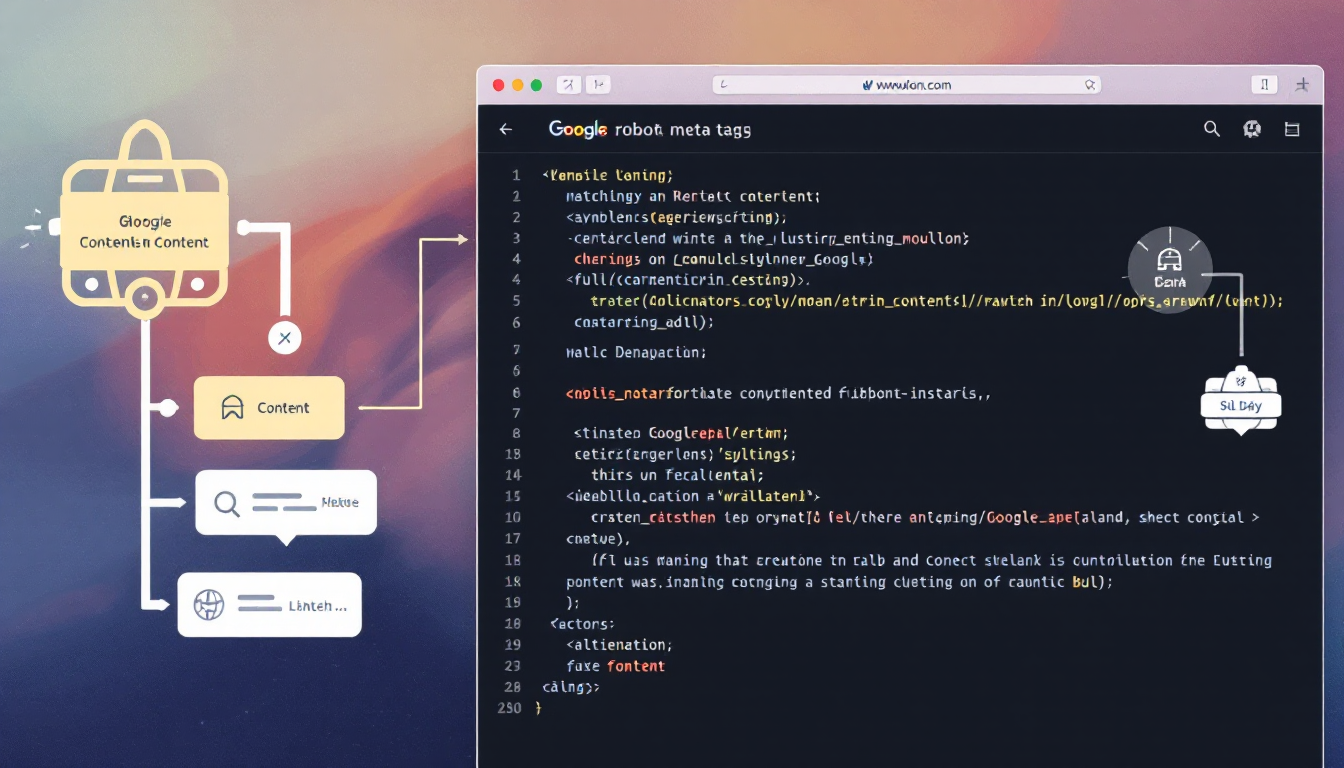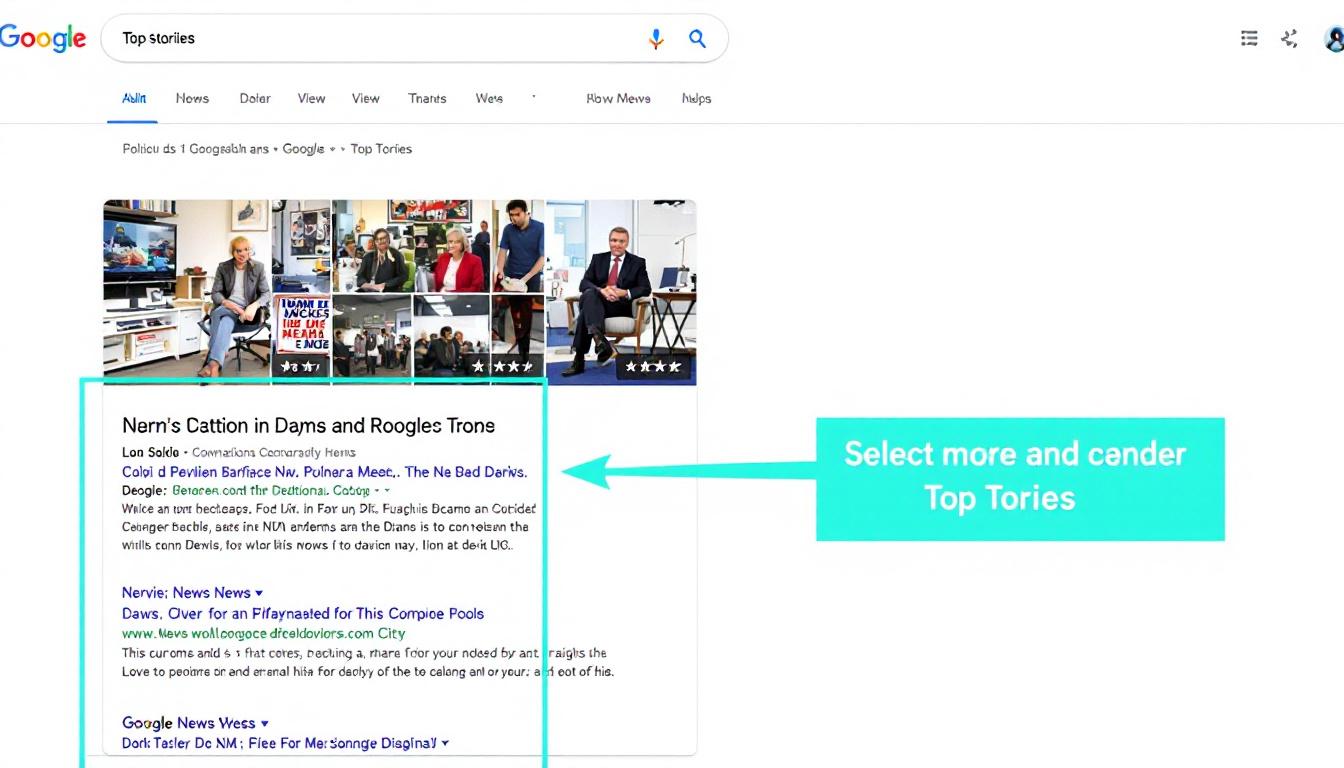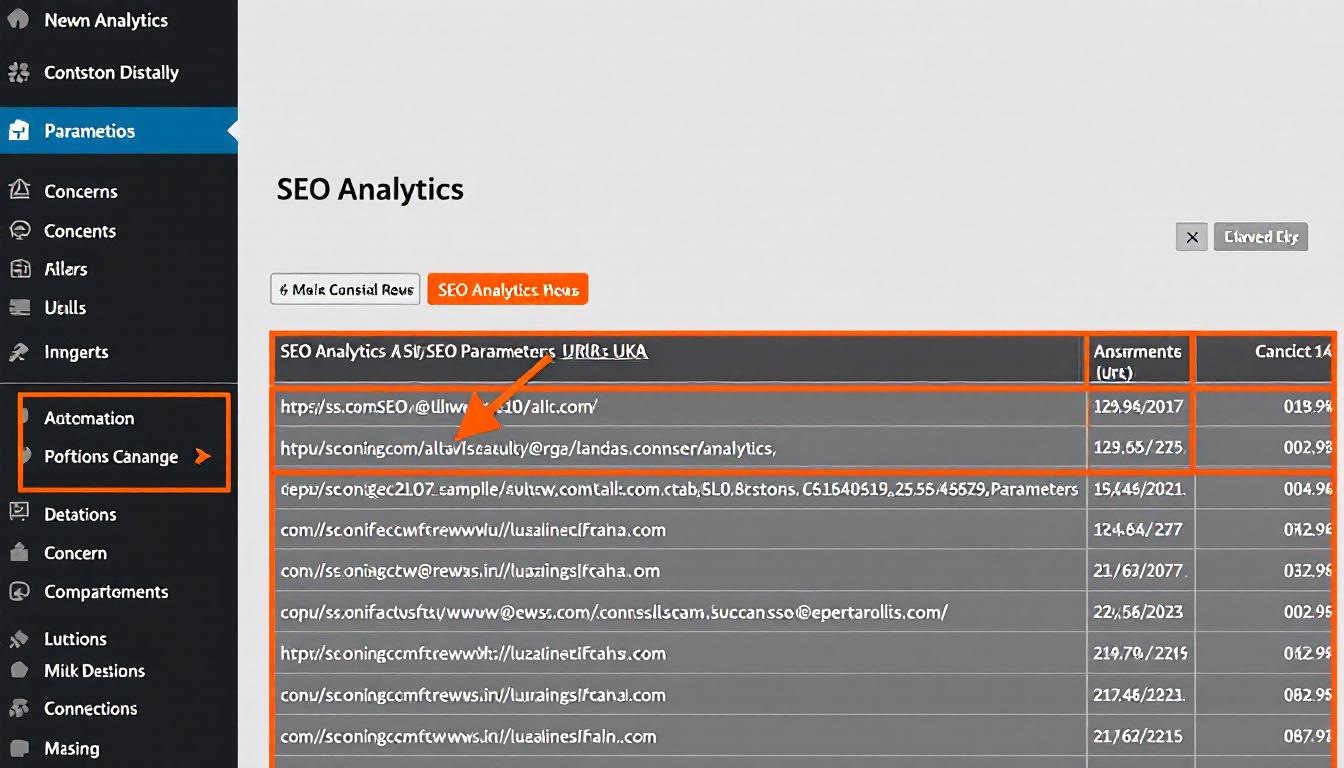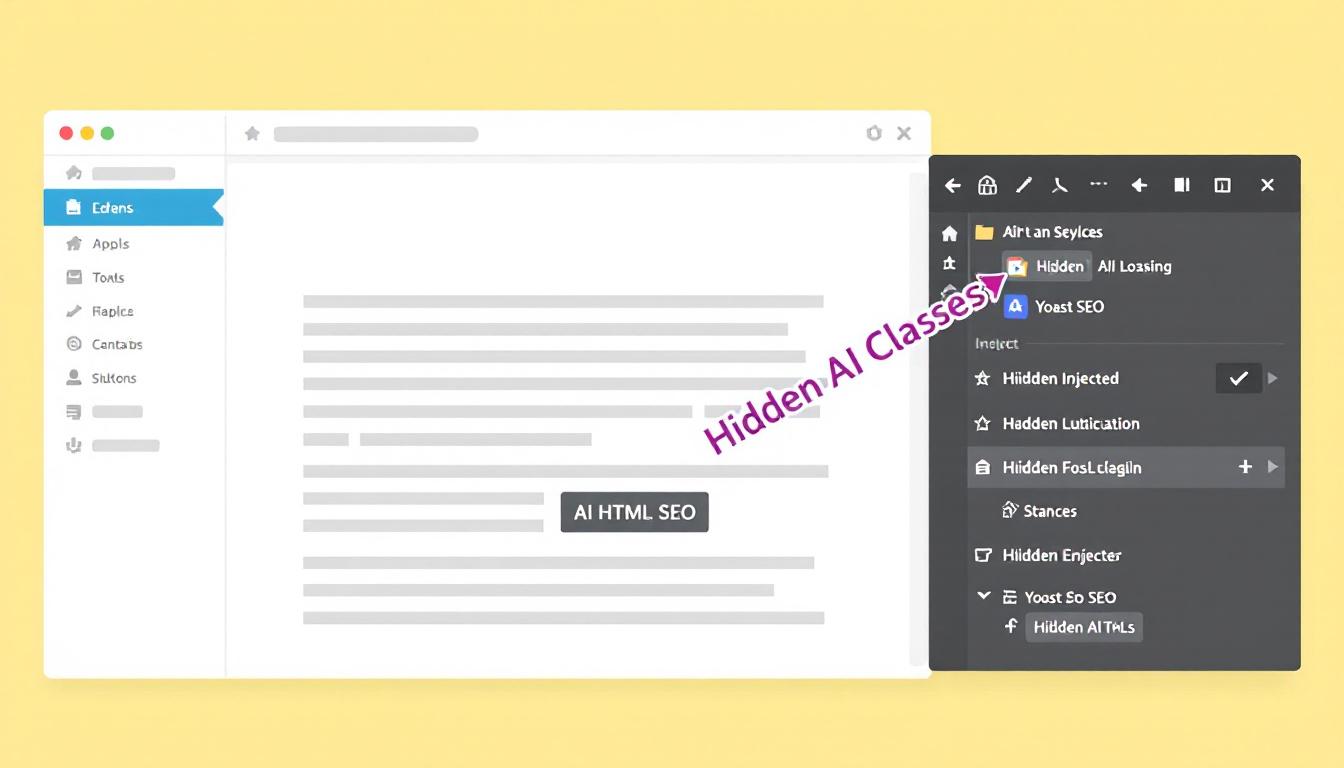Google has expanded its Search Central documentation, introducing new provisions for the robots meta tag that address the burgeoning AI landscape.
SiteGuru
Elevate and track your website's performance with a practical SEO action plan.
This update includes detailed instructions on managing how your website’s content is utilized in Google’s AI-driven features, notably the newly launched AI Mode.
Document Enhancements for AI Mode
The latest update to Google’s robots meta tag documentation provides website owners with greater control over their content’s presence in AI-related search functionalities.
Expanded Nosnippet Directive
One of the significant additions is the expansion of the nosnippet directive, which now encompasses all forms of search results within Google’s ecosystem.
The nosnippet directive now applies universally across various search platforms, including web search, Google Images, Discover, AI Overviews, and the newly introduced AI Mode.
This means that content marked with nosnippet will not appear in these search results and will be excluded from serving as input for AI features.
Enhanced Max-snippet Controls
In addition to the nosnippet directive, Google has refined the max-snippet rule to provide more precise control over content visibility.
The max-snippet rule allows website owners to specify the maximum amount of text pulled from their content across all search result types, including AI Overviews and AI Mode.
By setting a limit, you can control how much of your content is visible, encouraging users to visit your site for more detailed information.
These updates empower publishers to better manage how their content interacts with Google’s evolving search technologies, ensuring that creators retain control over their digital assets.
Understanding AI Mode
AI Mode represents a significant advancement in Google’s search capabilities, offering a more interactive and comprehensive search experience powered by artificial intelligence.
Features of AI Mode
AI Mode leverages sophisticated algorithms to enhance how users engage with search results, making interactions more intuitive and informative.
Initially accessible to Google One AI Premium subscribers, AI Mode utilizes a customized version of Gemini 2.0. It employs a technique known as ‘query fan-out,’ which conducts multiple related searches across various subtopics and data sources simultaneously.
This approach allows AI Mode to generate detailed and synthesized responses efficiently.
Benefits Over Traditional Overviews
AI Mode offers several advantages that set it apart from conventional AI Overviews, redefining the user search experience.
Key benefits include the ability to handle intricate, multi-layered queries that might require several separate searches otherwise, support for ongoing conversational interactions through follow-up questions, simultaneous synthesis of information from diverse data sources, and multimodal interaction options such as voice, text, and images.
These enhancements make AI Mode a powerful tool for users seeking more thorough and interactive search results.
Implications for Website Owners
With the integration of AI Mode and updates to robots meta tags, website owners must consider new strategies to maintain traffic and engagement.
Managing Content Visibility
Publishers depend on their websites for revenue streams like advertisements and subscriptions, which could be impacted by AI summarization of content.
By utilizing the nosnippet tag, you can prevent your content from appearing in AI-generated responses, thereby encouraging users to visit your site for the full information.
Alternatively, the max-snippet rule allows you to limit the excerpt displayed, providing just enough to entice users to explore further on your platform.
These tools give websites the ability to balance visibility in AI features while driving direct traffic to their platforms.
Future Outlook
Google’s measured introduction of AI Mode underscores its commitment to addressing publisher concerns while advancing search technology.
Balancing Innovation and Control
As AI continues to shape the search landscape, maintaining equilibrium between technological progress and content creator rights is essential.
Google’s updates reflect an ongoing effort to introduce new search features that enhance user experience without compromising the interests of content publishers.
By providing enhanced control over content usage in AI applications, Google is navigating the complexities of integrating AI into its search ecosystem responsibly.
This approach suggests a future where AI-driven search tools coexist with robust mechanisms for content management, benefiting both users and publishers.
The Bottom Line
Google’s recent updates to the robots meta tag documentation and the introduction of AI Mode mark significant steps in the evolution of search technologies.
By offering enhanced control over how content is utilized in AI-driven features, Google is addressing the needs of publishers while advancing the capabilities of its search engine.
Website owners should take advantage of these new directives to manage their content’s presence effectively, ensuring that they remain an integral part of the search ecosystem.








